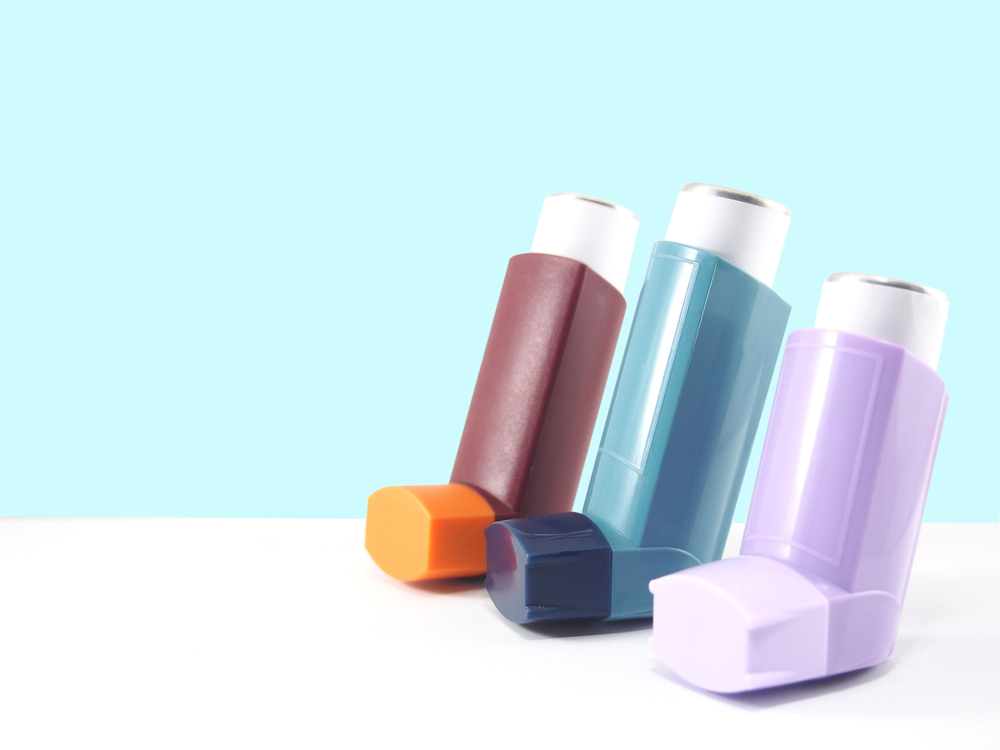Inhaled Corticosteroids are medicines used to treat inflammation in the airways that carry air to the lungs (bronchial tubes) and reduce the mucus made by the bronchial tubes. Only very small amounts of the medicine are absorbed into the body so these medicines don’t tend to cause serious side effects. In general, they are part of daily asthma treatment and are used every day.
Inhaled corticosteroids are often used along with different types of medicines to treat asthma. In most people, inhaled corticosteroid are the most powerful and most effective medicine for long-term control of asthma. When taken consistently, they improve lung function, improve symptoms, and reduce asthma attacks and admissions to the hospital for asthma.


